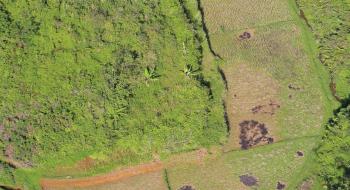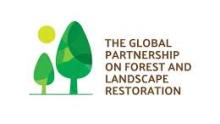This project aims to improve sustainable natural resource management and promote livelihood diversification in selected Tunisian oases.
Tunisia has significant regional and social disparities, especially between the coastal and inland areas. Its oases have always been agricultural production and trade centers that link remote regions together. They cover about 41,710 hectares of the country’s area and are home to around 950,000 people.
Oases are the main source of employment and income in Southern Tunisia, since they offer high-value agricultural products such as dates. Traditional oases form an ecosystem suitable for the development of biodiversity of flora and fauna, and for preservation of endangered animals and plants. Through new irrigation schemes, and communities are growing the Deglet Nour date palm almost exclusively. These “modern oases” have developed rapidly without a policy framework, and are competing with traditional oases for water. However, monoculture threatens sustainability, and uses more water; it leads to the loss of unique breeds or varieties of other local plants, the degradation of ecosystem services, and the collapse of a resilient food production base for local communities.

Oasis communities face environmental problems that increase poverty and accelerate the degradation of natural resources. This project targets traditional oases because of their role in desert ecosystem resilience, and their social and cultural importance; and it uses an approach aimed at balancing conservation, adaptation, and socioeconomic development. The project will help create an enabling environment to better manage oases and support the implementation of the strategy on a small scale, with six selected oases that are representative of the variety of traditional Tunisian oases. It will also help strengthen capacities for the sustainable management of oasis ecosystems.
The Tunisia Oases Ecosystems and Livelihoods Project is linked to the Middle East and North Africa Desert Ecosystems and Livelihoods Program (MENA-DELP). Its preparation was supported by a US$380,000 grant from the Program on Forests. The total project cost is US$6,338,730, with a US$5,760,730 GEF grant and contributions from the government of Tunisia (US$320,000) and beneficiaries (US$280,000). The project was scaled up by the recently approved US$100 million project on Integrated Landscape Management in Lagging Regions.


